1. McDonald’s Arch Deluxe
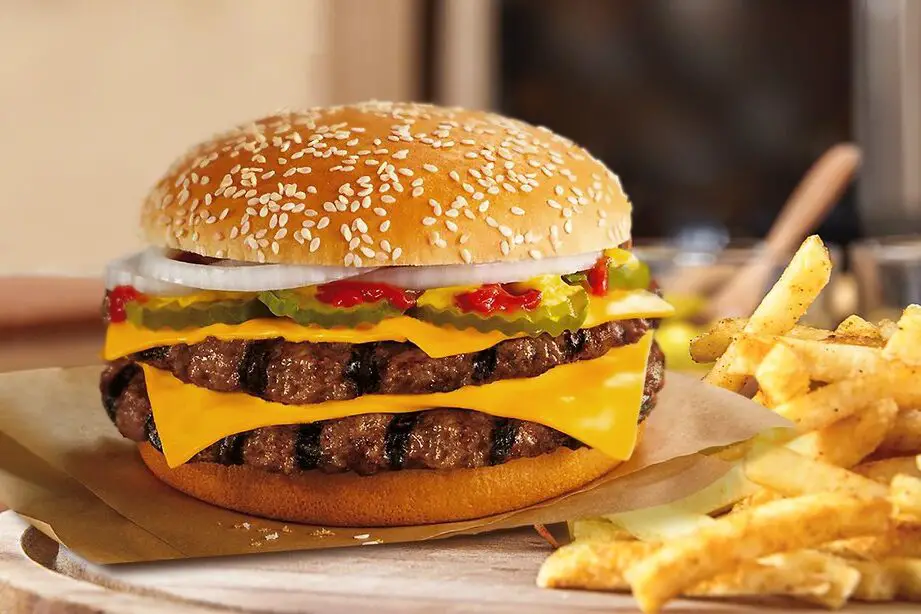
In the mid-’90s, McDonald’s decided to branch out from its kid-friendly image with a burger aimed squarely at adults. The Arch Deluxe was marketed as a “sophisticated” option, complete with fancy mustard sauce and glossy ads showing parents sneaking bites away from their kids. The campaign was huge, costing over $100 million, and included commercials that practically bragged about how it was “too good” for children.
The problem was that no one really asked for a gourmet burger from McDonald’s. Customers who wanted a fancier meal usually went somewhere else, and regular McDonald’s fans weren’t thrilled about paying more for something unfamiliar. The Arch Deluxe was quietly discontinued within a few years, making it one of the most expensive fast food flops in history. Today, it’s mostly remembered as a cautionary tale about overestimating what your audience wants.
2. Burger King’s Halloween Whopper
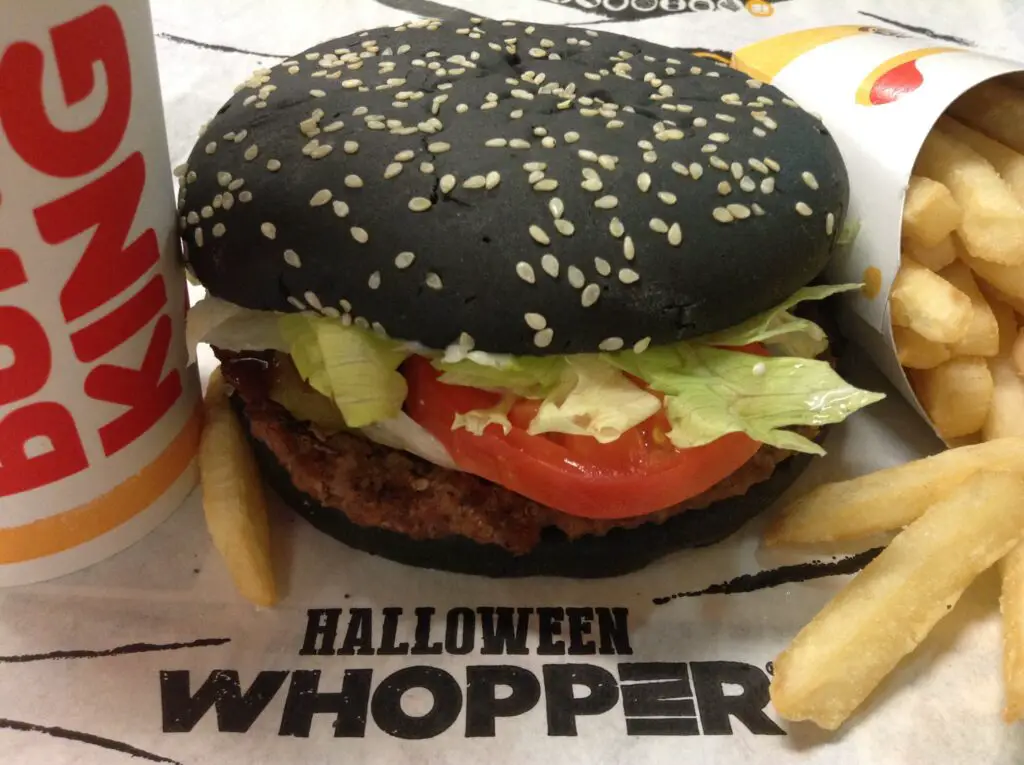
In 2015, Burger King decided to give its classic Whopper a spooky twist for Halloween by serving it on a black bun colored with A.1. sauce. It was certainly eye-catching, and social media lit up with photos of the unusual burger. The chain promoted it as a fun seasonal treat, and for a short while, it seemed like a hit.
Then the bathroom surprises began. Customers quickly discovered that the black dye turned their… let’s just say, digestive aftermath… a very unnatural shade of green. It became such a widespread topic online that the promotion turned from festive to infamous almost overnight. While Burger King probably expected laughs, it got more memes than sales, and the black bun never returned in the U.S.
3. Domino’s “30 Minutes or Less” Guarantee
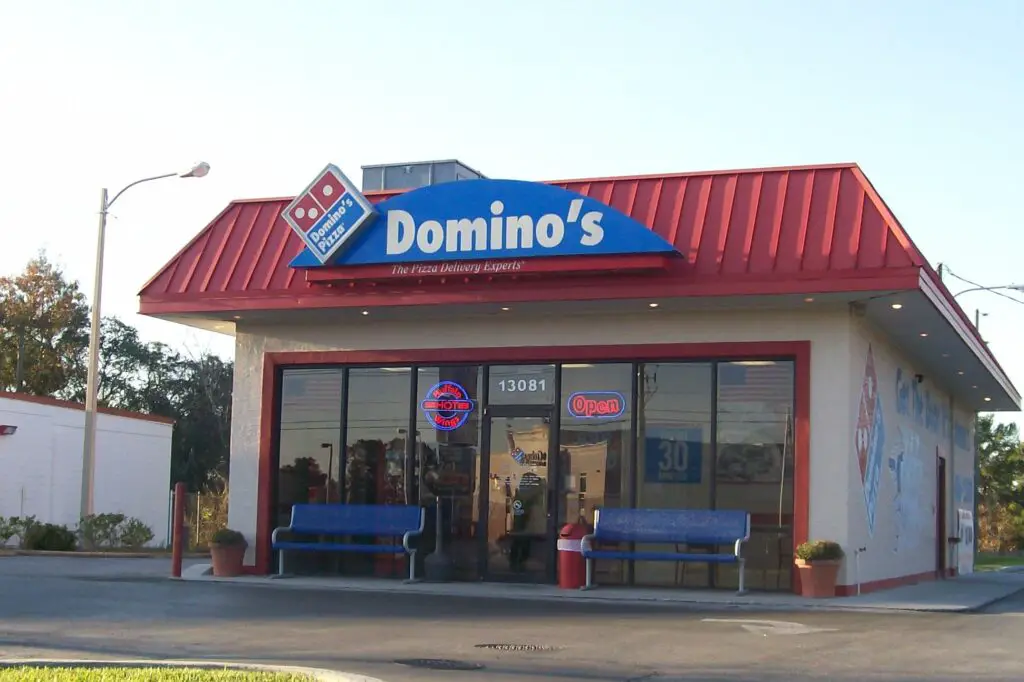
In the late ‘70s and ‘80s, Domino’s made a name for itself by promising that pizzas would arrive in 30 minutes or less—or they were free. It was a bold guarantee that set them apart from competitors and thrilled hungry customers. The company doubled down on speed, making it part of their brand identity.
Unfortunately, it also led to serious safety issues. Drivers began taking dangerous risks to meet the deadline, resulting in accidents and even lawsuits. By the early ‘90s, after multiple high-profile incidents, Domino’s dropped the guarantee in the U.S. While it lives on in modified forms overseas, the original version is a reminder that not all incentives are worth the risk.
4. McDonald’s Szechuan Sauce Shortage
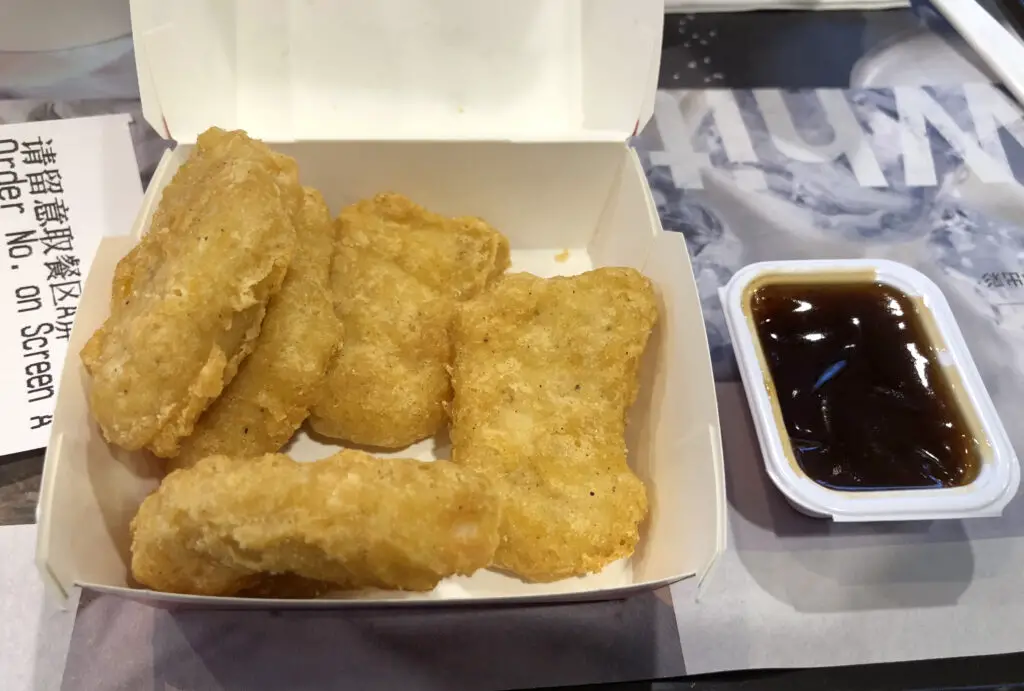
Originally released in 1998 as a tie-in for Disney’s Mulan, McDonald’s Szechuan sauce was a limited-time dip for chicken nuggets. It was forgotten by most people—until Rick and Morty referenced it in 2017, sparking a massive online demand for its return. McDonald’s brought it back for one day only, but vastly underestimated how many people would show up.
Chaos ensued. Some locations ran out within minutes, leading to angry crowds, police calls, and disappointed fans traveling hours for nothing. The company later released more in a wider rollout, but the damage was done. Instead of being a fun nostalgia play, it turned into a PR headache that made national headlines.
5. Taco Bell’s “Steal a Base, Steal a Taco” Glitch
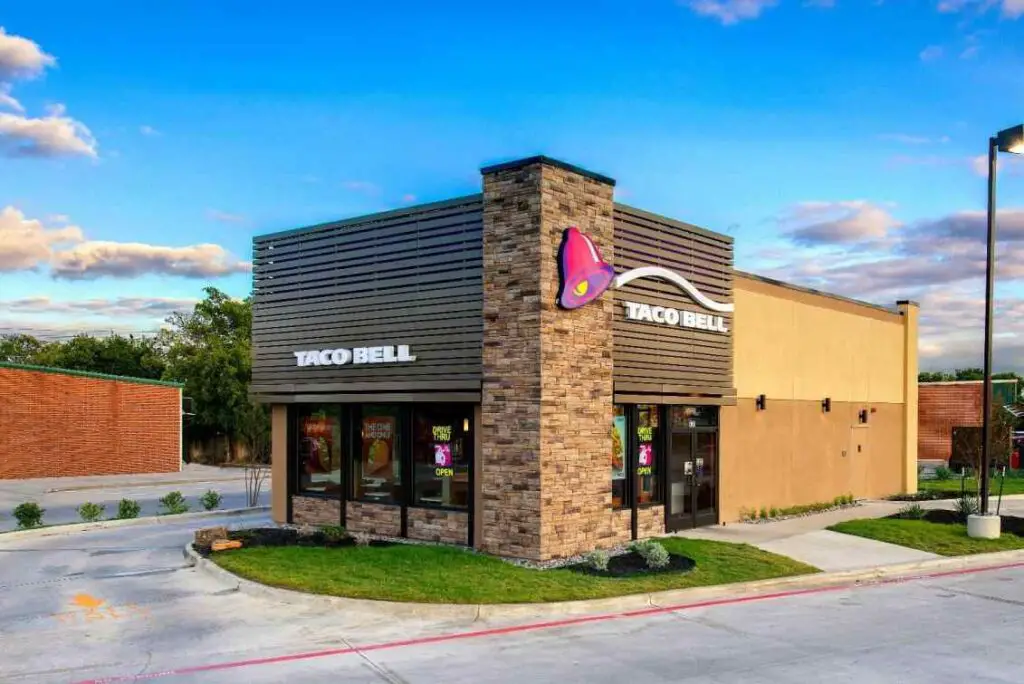
Taco Bell’s World Series promotion, “Steal a Base, Steal a Taco,” promised free tacos for everyone in the U.S. if a player stole a base during the series. It was meant to be a quick giveaway—just one taco per person, on a specific day. But in 2007, a tech glitch in the online ordering system let people order multiple free tacos without limit.
Some customers ended up with entire bags of tacos without paying a dime. Taco Bell had to scramble to fix the error and quietly eat the cost. While the promotion survived and is still around today, that first run proved just how expensive one tiny tech hiccup can be.
6. KFC’s Oprah Giveaway
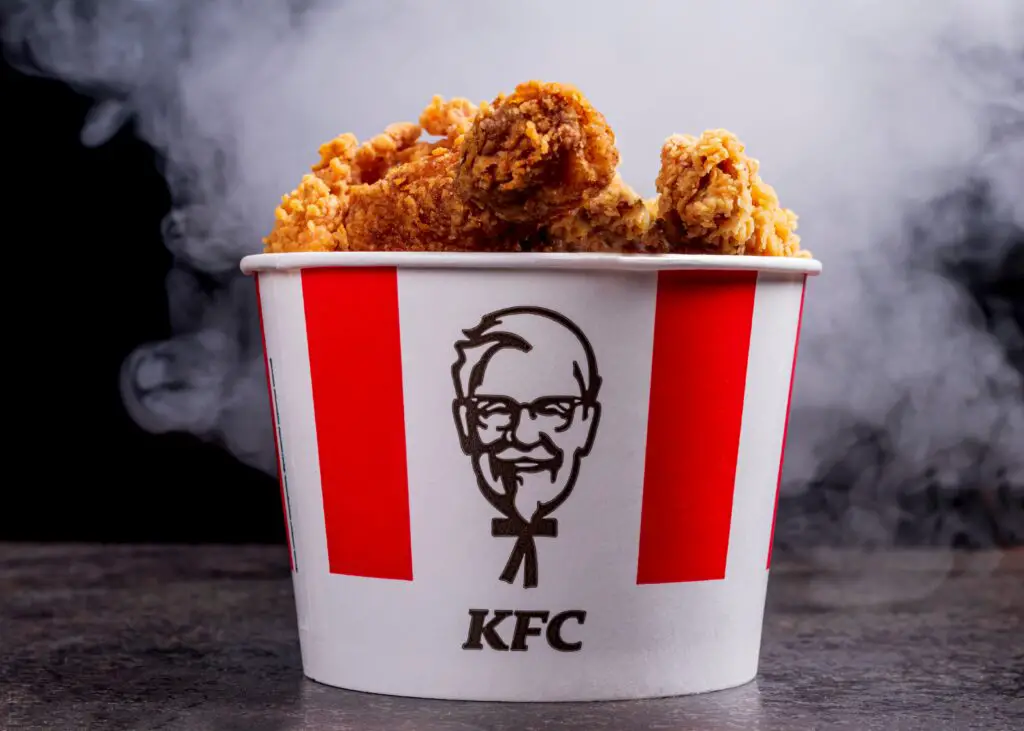
In 2009, KFC teamed up with Oprah Winfrey to give away free grilled chicken meals via printable coupons. With Oprah’s endorsement, the promotion spread like wildfire, and millions downloaded the coupon. KFC stores were instantly overwhelmed, with lines wrapping around buildings and many locations running out of chicken completely.
The chaos turned to frustration as people with coupons were told to come back another day. Some accused KFC of bait-and-switch tactics, and the company ended up issuing rain checks. What was supposed to be a feel-good moment became a logistical nightmare, all because they underestimated Oprah’s influence.
7. Pepsi’s “Number Fever” in the Philippines
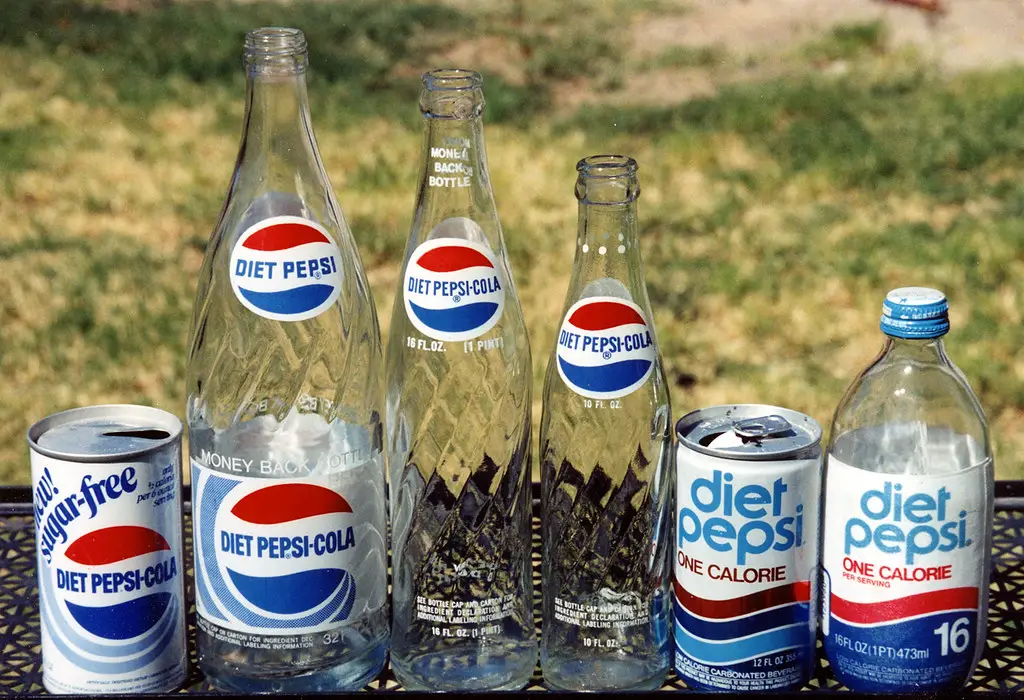
In 1992, Pepsi ran a contest in the Philippines where bottle caps had numbers printed under them, and a winning number could score you a cash prize. It was meant to be a fun, limited giveaway, but due to a printing error, thousands of caps had the winning number “349” instead of just one.
This mistake led to riots, lawsuits, and even fatalities as disappointed “winners” demanded their money. Pepsi refused to pay all the claims, leading to one of the worst PR disasters in company history. The incident remains infamous in marketing circles as an example of how a simple promotion can spiral out of control.
8. McDonald’s Monopoly Game Fraud
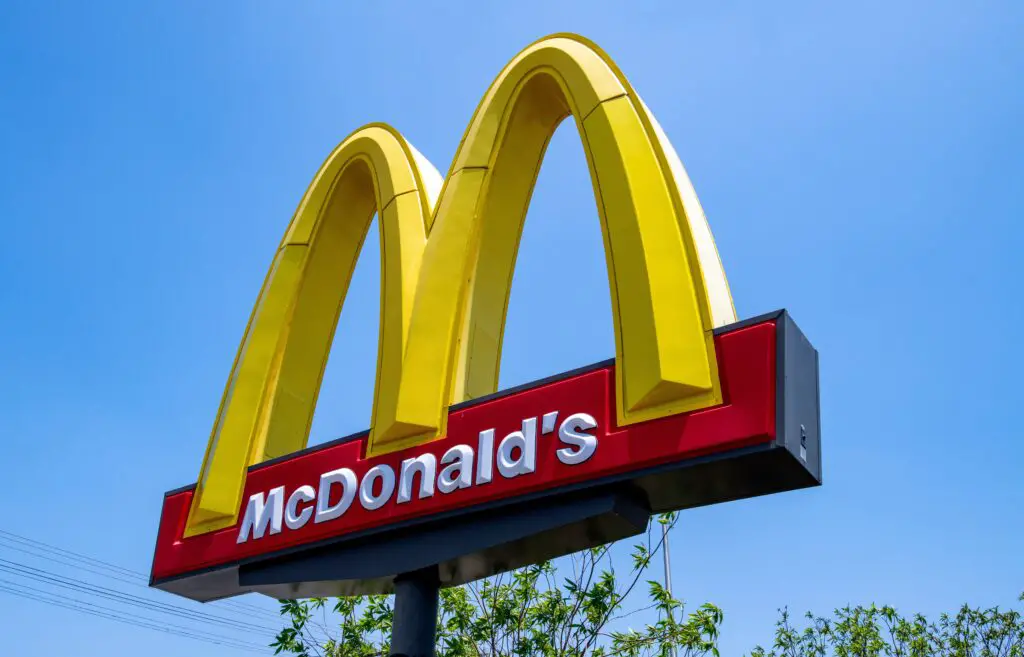
The McDonald’s Monopoly promotion, first launched in 1987, became a customer favorite. People collected game pieces from packaging to win prizes ranging from free food to large cash payouts. But in the late ‘90s, it was revealed that the whole game had been rigged for years by an insider who stole the winning pieces.
The FBI investigation uncovered a multimillion-dollar fraud ring, and more than 50 people were arrested. McDonald’s wasn’t directly involved in the scam, but the scandal damaged the game’s credibility. While Monopoly eventually returned, the shadow of that fraud still lingers in the promotion’s history.
9. A&W’s 1/3 Pound Burger Mix-Up
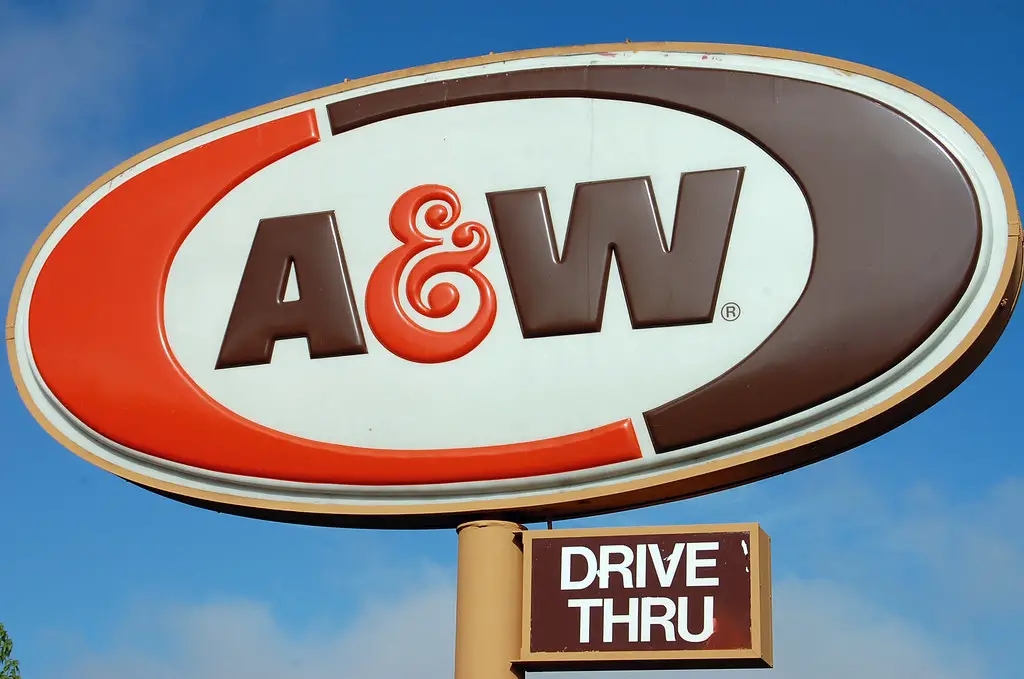
In the 1980s, A&W tried to compete with McDonald’s Quarter Pounder by introducing a 1/3 pound burger for the same price. By all accounts, it tasted great and offered more meat for the money. But the promotion failed miserably, and the reason still baffles marketers today.
It turned out that many customers mistakenly believed 1/3 pound was smaller than 1/4 pound, not realizing how fractions worked. Instead of getting credit for offering more, A&W lost money and ended up pulling the burger. It remains a classic case of how assumptions about consumer knowledge can backfire.
10. Burger King’s “Herb” Campaign
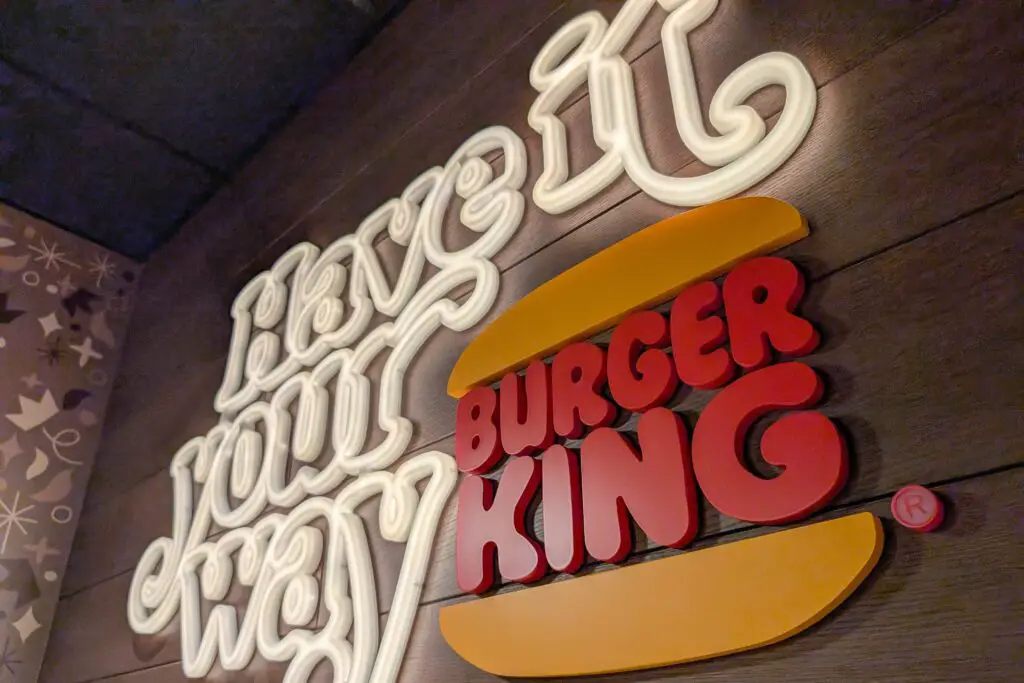
In 1985, Burger King launched a mysterious ad campaign about a man named Herb who had never eaten a Whopper. The idea was to get people talking and coming into stores to “find Herb” for a prize. They even hired an actor to play him at public appearances.
Unfortunately, the campaign confused customers more than it intrigued them. Many didn’t understand how to participate, and the whole thing came off as awkward rather than clever. Sales dipped during the promotion, and “Where’s Herb?” quickly became one of Burger King’s most infamous misfires.
11. Pizza Hut’s “Pizza for Life” Contest in Australia
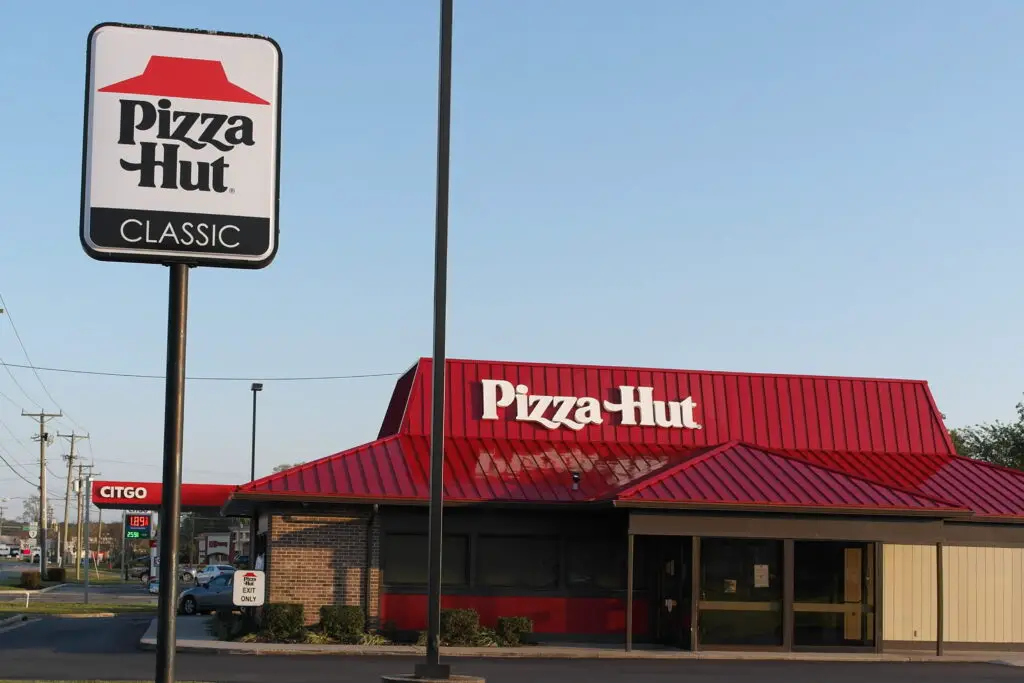
In 2012, Pizza Hut Australia ran a Facebook contest promising “pizza for life” to whoever got the company’s logo tattooed on their body. A man named Lucas got the tattoo, but after he won, the prize turned out to be a voucher worth about $14 a week for 30 years—far less exciting than unlimited pizza forever.
The media mocked the stunt, and Pizza Hut eventually changed the prize to $22,000 in gift cards. While Lucas kept his tattoo, the whole thing felt like a bait-and-switch to many observers. It was a reminder that “for life” should probably be defined clearly before the ink dries.
12. Chipotle’s Halloween “Boorito” Costumes
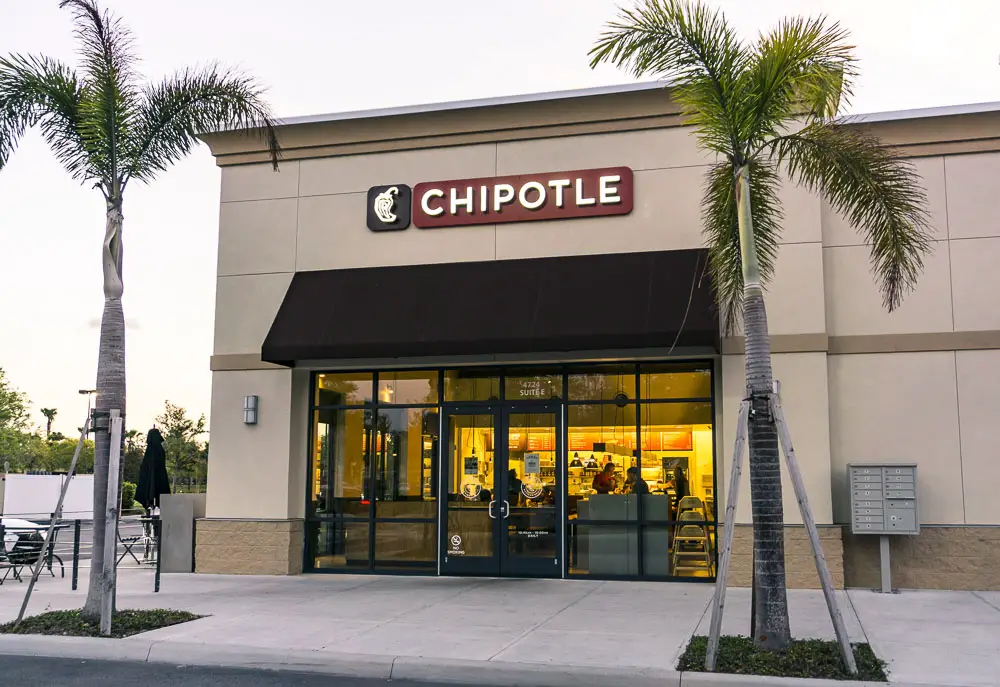
Chipotle’s annual “Boorito” promotion gives customers a discounted burrito if they show up in costume on Halloween. In 2016, they added a twist: costumes had to include a “unnecessary” addition, like a random prop or weird accessory. The vague rules led to confusion, with many customers being turned away for not meeting the standard.
Social media quickly filled with complaints from angry would-be participants. Instead of being a fun, community-driven event, the 2016 Boorito was remembered for frustration and inconsistency. Chipotle quietly dropped the “unnecessary addition” rule the following year.
